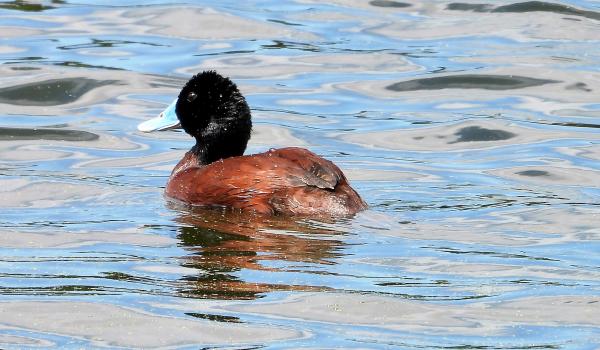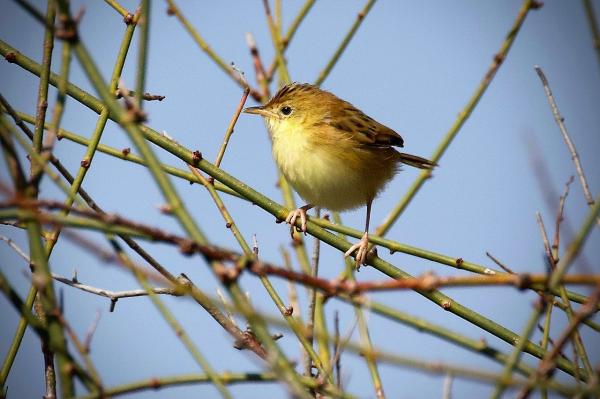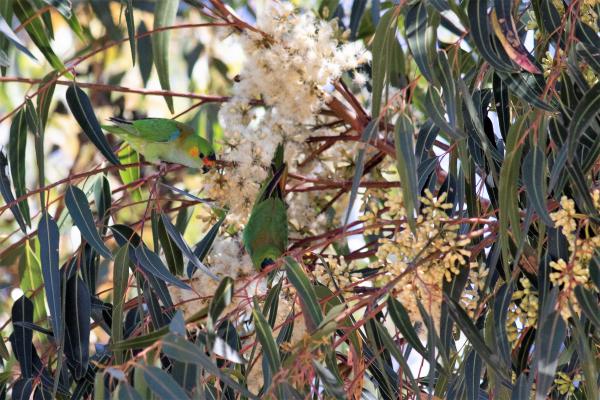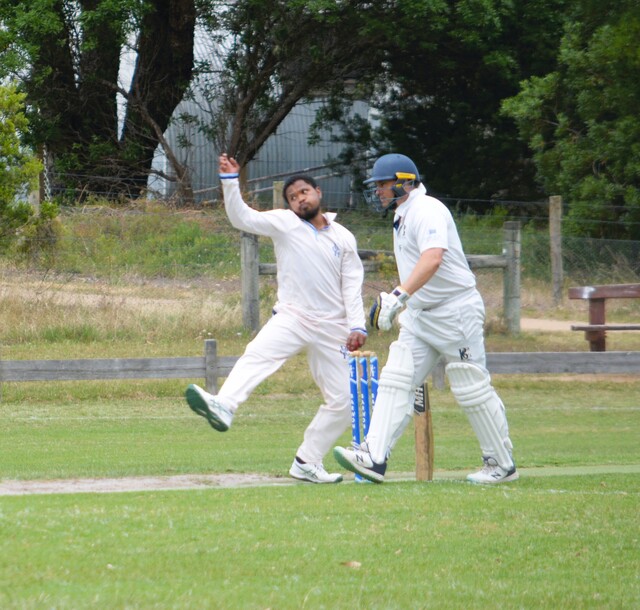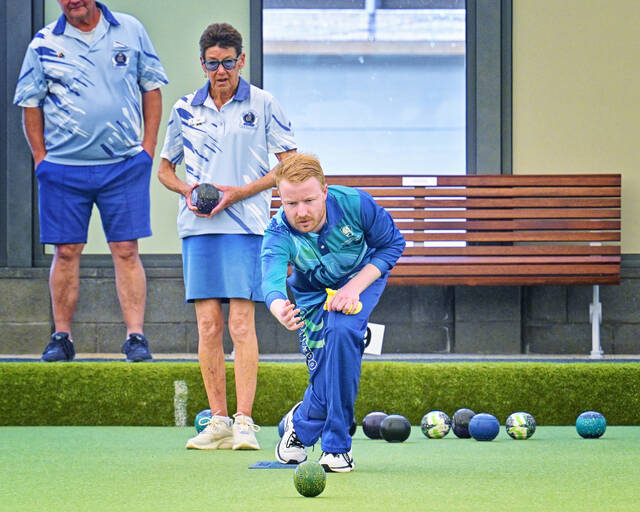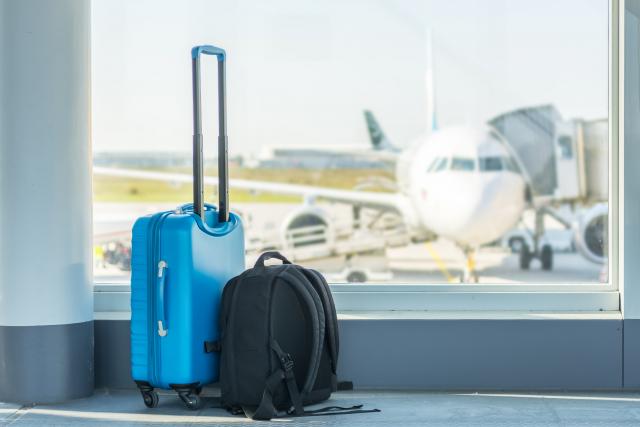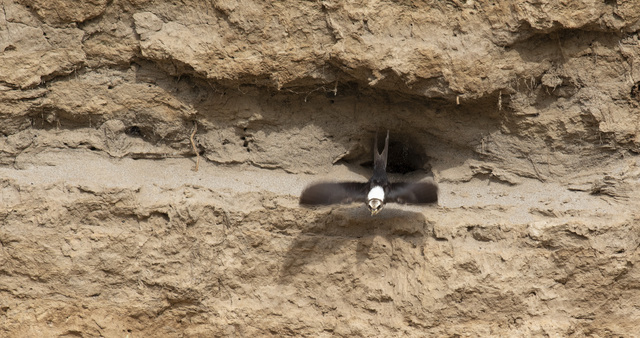Summer is in full swing and we have had some hot days and the Bellarine has been very busy with holidaymakers and daytrippers.
I’ve spent too much time sitting in my car outside the front gate of Bob’s farm in Wallington. Bob has a row of flowering gum trees in his driveway and they are currently teeming with lorikeets, parrots, galahs and rosellas (and of course noisy miners).
The birds are so high in the trees, and I can hear them but not see them, so photography has been very difficult, but it’s just been lovely to sit and listen to the sounds and try and guess what is producing the sounds. I did manage a feeble photo of a purple-crowned lorikeet, which was lovely, as they are just beautiful birds.
I walked around Bob’s farm to conduct a summer bird survey. The highlights of the walk were observing a small family of striated pardalotes, a few weebills, a pair of juvenile grey fantails and a pair of very active brown falcons calling constantly to each other. There were no migratory waders on the wetland of the farm. I was hoping to see a few common greenshanks or sharp-tailed sandpipers, but there were flocks of yellow-billed spoonbills and white-faced herons.
I saw many sharp-tailed sandpipers and common greenshanks when I had a quick drive around Western Treatment Plant on my way home from Melbourne one day. I first noticed a pied oystercatcher sitting on a nest on November 5, and there was a oystercatcher sitting on the same spot on December 20 and January 21.
The incubation period for oystercatchers varies by species and usually lasts between 24 to 39 days, so I assume that the first attempt at nesting failed.
I received an update from Andrea Dennett regarding the local hooded plover activity. There is a two-week old chick at 2W. There were chicks at the Ocean Grove side of the spit but once again they have disappeared. There are two chicks at 40W and at 31W, and there are temporary exclusion zones in place in these areas.
Kevin sent me a few lovely images of golden-headed cisticola that he spotted at Reedy Lake. Kevin was also surprised to find that a large puddle at Reedy Lake that contained some small fish that he guessed were common galaxias. I was reading on the internet that fish can be found in puddles if they are already there, if they swim there through channels, or if birds drop them in the puddle.
I received an email from Carole who took a lovely image of a male blue-billed duck at Lake Lorne. Carole saw so many babies being carefully cared for by many mothers – coots, moorhens, swans and various ducks.
Blue-billed ducks are endangered in Victoria, so it’s lovely to see them in our local area. On the subject of ducks, a study of Victorian duck shooters has found that only one in five were able to correctly answer questions about identifying protected bird species. Despite this the government has no plans to stop the barbaric duck shooting season.
On January 22, Ocean Grove birdwatcher extraordinaire George Appleby spotted a buff-breasted sandpiper at the northern end of Lake Modewarre. This migratory wader has been very rarely seen in Australia as they usually fly between America and Europe in the Northern Hemisphere.
On the subject of Lake Modewarre I received an email from Brian and Faye, who used to live on the lakeshore. Brian wrote that: “Sadly the lake may never fill again, due to the expansion of Wurdi Bolluc reservoir (Geelong water storage) in the late eighties, and drainage diversions along the Princes Highway after the 1995 floods, However the nail in the coffin was, with further diversions of water due to the duplication of the highway to Colac, which left only a small catchment area to the west of the lake. It was always a pleasure to sit in our lounge and watch the bird life on the lake, the wedge-tailed eagles and pelicans soaring on the thermals along the escarpment just outside our windows. During our time at the lake we listed around 140 species of birds.”

